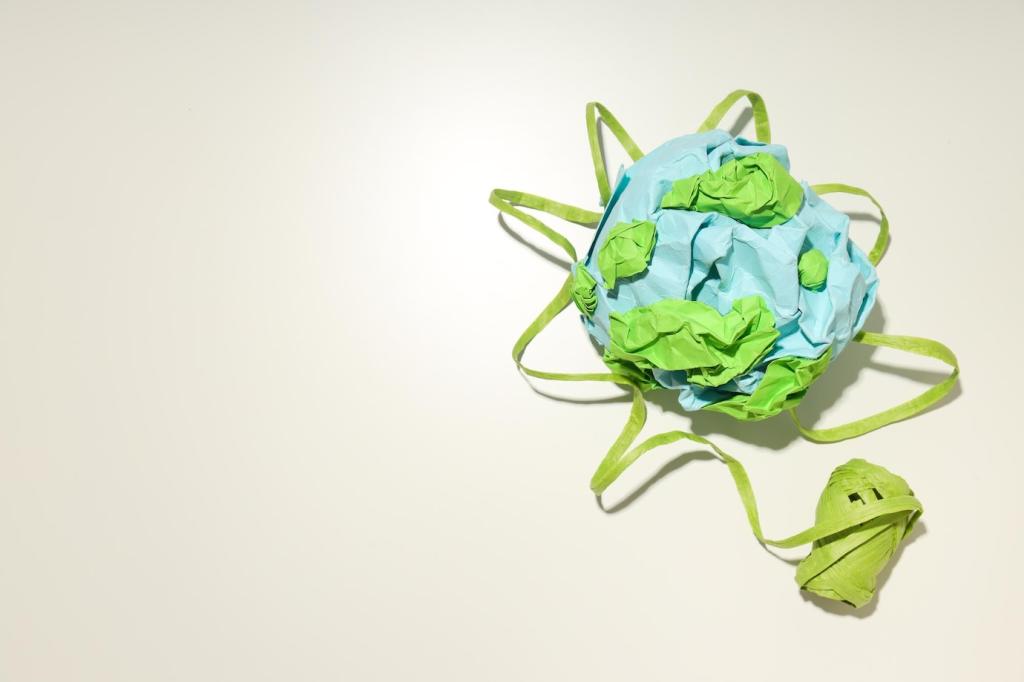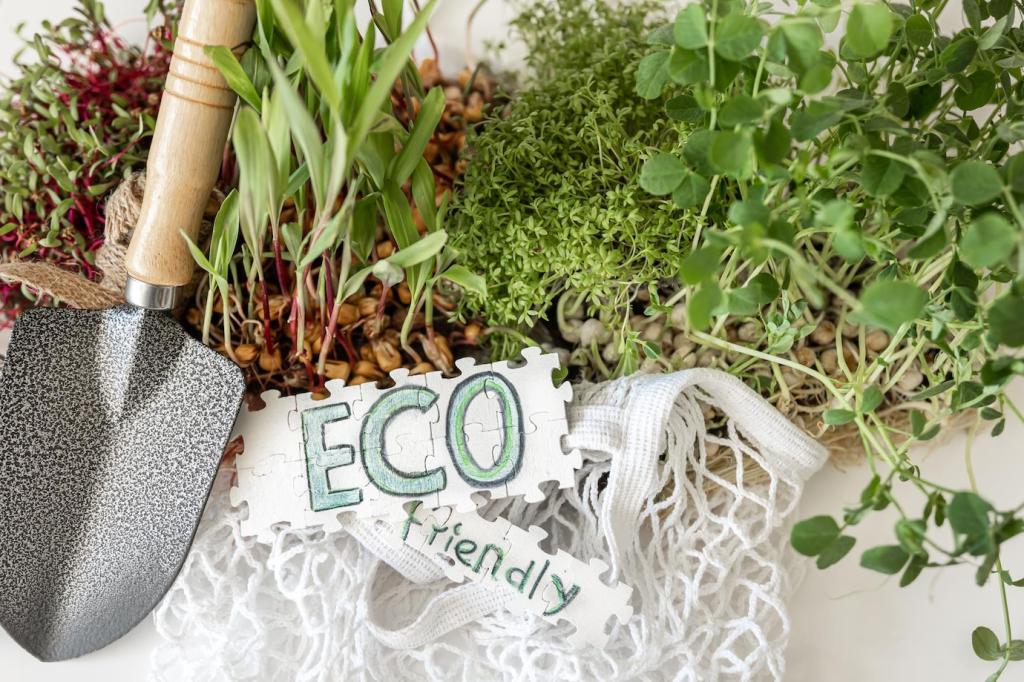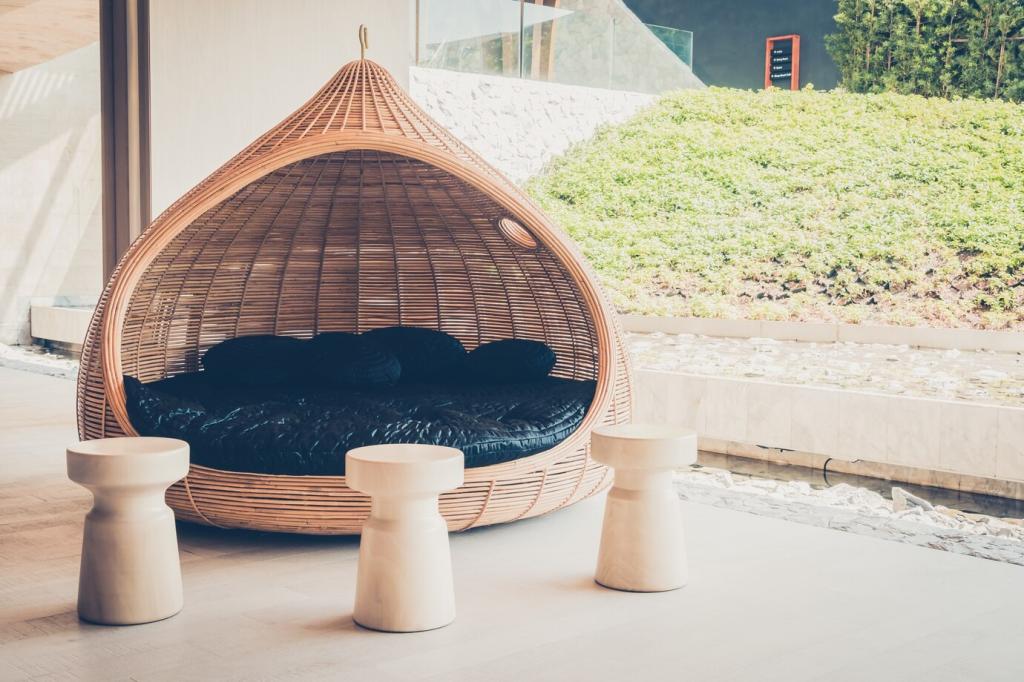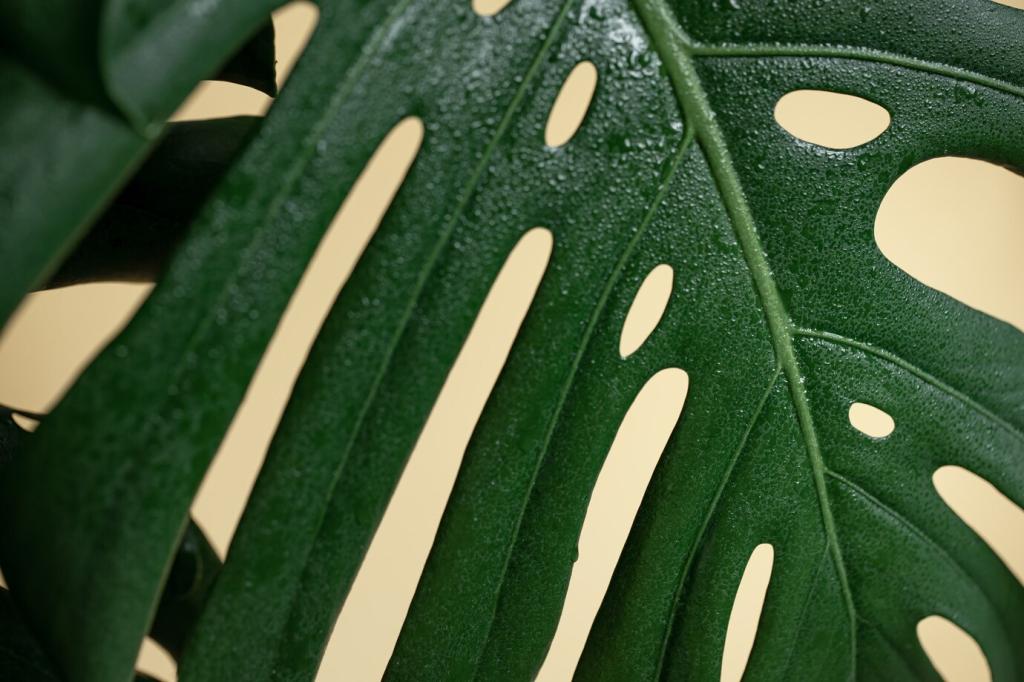Sustainable Fabric Options for Upholstery: Comfort With a Clear Conscience
Chosen theme: Sustainable Fabric Options for Upholstery. Explore planet-friendly textiles that elevate style, durability, and wellbeing—without compromise. From natural fibers to cutting-edge innovations, discover how to upholster smarter. Join our community, ask questions, and subscribe for weekly sustainable design insights.
What Makes an Upholstery Fabric Truly Sustainable
Lifecycle Thinking, From Field to Furniture
Evaluate the entire journey: raw fiber cultivation or sourcing, spinning, dyeing, finishing, and transport. The most sustainable upholstery fabric performs well for years, reduces replacement cycles, and has a responsible end-of-life, whether recyclable, biodegradable, or safely reusable.
Certifications That Matter
Look for trusted standards: GOTS for organic natural fibers, OEKO-TEX and bluesign for safer chemistry, FSC for wood-derived viscose sources, and GREENGUARD for low emissions. Certifications help verify claims, encourage transparency, and protect indoor air quality for your home.
Durability Is Sustainability
A long-lasting fabric prevents early replacement and waste. Check abrasion ratings like Martindale or Double Rubs, seam strength, and pilling resistance. The most eco-friendly choice is one that meets your home’s demands without wearing out prematurely.

Organic Cotton With Responsible Finishes
Organic cotton avoids synthetic pesticides and often uses less water when grown with regenerative practices. For upholstery, choose tight weaves and low-tox finishes to boost durability, minimize shedding, and ensure easy cleaning with gentle, water-based methods.

Linen’s Cool Strength and Timeless Texture
Made from flax, linen offers exceptional strength and breathability. A restorer told us their family sofa, reupholstered in heavy Belgian linen, survived years of kids and a lively dog, softening beautifully while resisting sagging and fading with care.

Hemp for Heavy Traffic
Hemp grows fast with minimal inputs and produces robust fibers ideal for high-use seating. Modern hemp blends feel surprisingly refined, delivering durability, natural antimicrobial properties, and a lived-in elegance that stays handsome in busy living rooms.


Regenerated and Recycled: rPET, Upcycled Wool, and Lyocell
Recycled polyester made from post-consumer bottles can yield tough, stain-resistant upholstery. Prefer mechanically recycled content and mills with transparent supply chains. Pair with solution-dyed yarns to reduce water use and improve colorfastness in bright rooms.
Regenerated and Recycled: rPET, Upcycled Wool, and Lyocell
Pre- and post-consumer wool scraps are sorted, re-spun, and woven into rich fabrics. A boutique hotel we visited used upcycled wool on lobby sofas, reporting fewer visible scuffs and a cozy warmth guests mentioned in their feedback journals.
Plant-Based Alternatives: Cork, Piñatex, and Mycelium
Harvested without felling trees, cork is naturally water-resistant, sound-absorbing, and surprisingly soft when backed for upholstery. It develops character with use and suits accent chairs or panels where texture and sustainability share the spotlight.
Made from agricultural waste, Piñatex diverts leaves from burning or landfill. While best for accent applications and low-stretch areas, its leathery look adds grit and soul. Choose versions with bio-based coatings for a lower-impact finish and longer wear.
Engineered from mushroom mycelium, these materials are rapidly evolving. Early adopters love their organic texture and compostable potential. For now, consider light-use ottomans or panels, and follow developers as durability and finish options advance.


Low-Impact Dyes and Water-Based Adhesives
Prioritize solution-dyed fibers or low-impact dye processes that minimize water and chemical loads. When assembling cushions, ask upholsterers for water-based adhesives with low VOCs, maintaining strong bonds while keeping your living space fresher.

Flame Safety Without Regrettable Additives
Where regulations allow, avoid halogenated flame retardants. Opt for barrier fabrics, wool-rich blends with inherent resistance, or calcium-silicate barriers. Always confirm compliance and request safety data to understand exactly what’s inside your upholstery.

Smarter Cushion Cores
Consider natural latex from responsibly tapped rubber, recycled-content foams, or bio-based blends. Pair with down alternatives made from recycled fibers. The right core preserves comfort, reduces off-gassing, and extends the lifespan of your seating.
Performance Without Compromise: Testing, Care, and Repair
01
Read the Numbers, Feel the Fabric
Compare abrasion ratings, seam slippage, and lightfastness. Then handle swatches under natural light. If you host frequently, choose a tighter weave or felted surface that resists snagging while keeping the tactile character you love.
02
Cleaning That Respects the Planet
Spot-clean with mild soap, cool water, and microfiber cloths. Avoid harsh solvents; they can damage fibers and indoor air quality. Establish a gentle, regular routine that preserves both the fabric’s hand and its long-term performance.
03
Design for Repair and Renewal
Select removable covers or hidden zippers for cushions. Keep spare yardage for future patches. A friend revived a sun-kissed chaise by replacing only the headrest panel—saving fabric, money, and a beloved reading nook.



